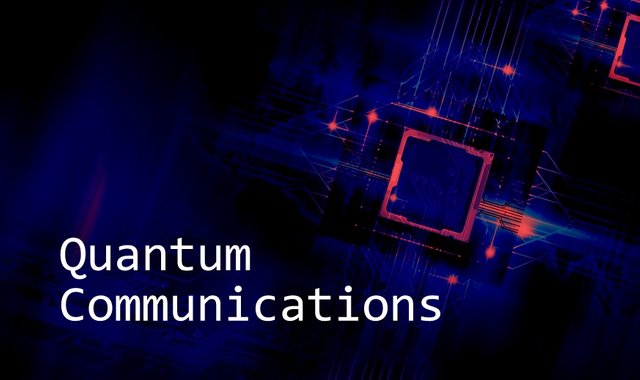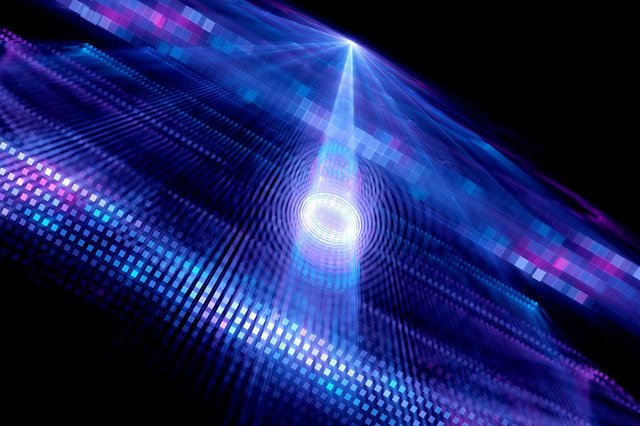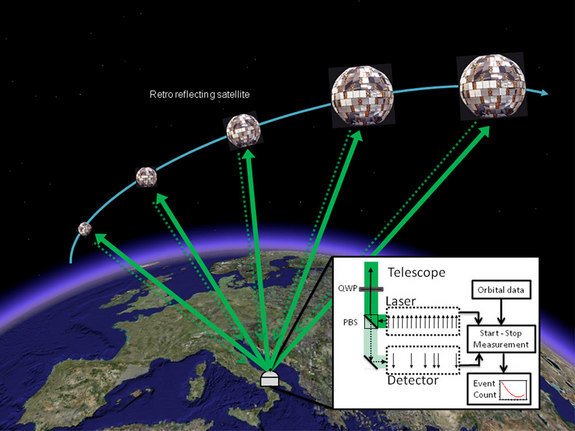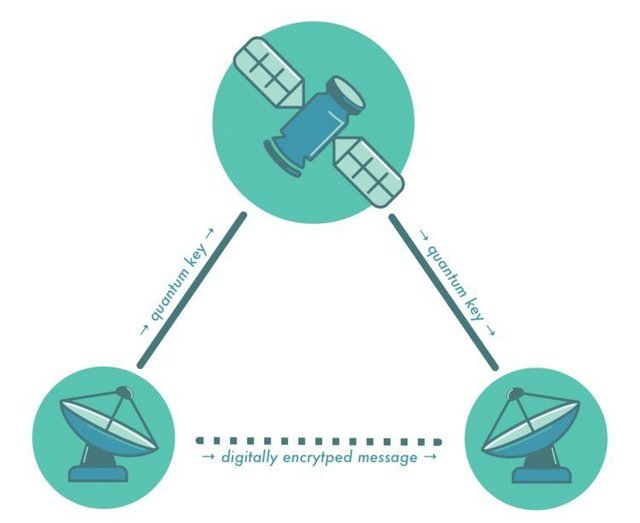Quantum communication: perspectives
Telegraph replaced pigeon mail. Radio replaced the telegraph. Radio, of course, will not disappear, but there are other data transmission technologies - wired and wireless. Generations of communication standards replace each other very quickly: 10 years ago, mobile Internet was a luxury, and now we are waiting for the appearance of 5G. In the near future, we will need a fundamentally new technology, which will exceed all current types.
Quantum entanglement
One of the main options of the evolution of communication - the use of quantum effects. This technology won’t exclude but may complement traditional forms of communication (although we can’t immediately reject the idea that the network based on quantum entanglement, in theory, could displace other types of communication).
Quantum entanglement - a phenomenon of quantum communication performance. Communication can be maintained even if the particles disperse over long distances as by measuring the quantum characteristics of one of the entangled particles, we automatically know the characteristics of the second. The first protocol of quantum cryptography appeared in 1984. Since then, there were created a lot of experimental and commercial systems based on the phenomena of the quantum world.
Today, quantum communication is used, for example, in the banking sector, where the compliance of special security conditions is required. Companies like Id Quantique, MagiQ, Smart Quantum already offer ready cryptosystems. Quantum technologies for security can be compared with nuclear weapons – it is almost an absolute protection, implying, however, significant implementation costs. If you transmit the encryption key using quantum entanglement, it will not allow hackers intercept any valuable information - at the exit, they will receive a different set of numbers, because the state of the system, to which the external observer interferes, changes.
It was impossible to create a global perfect encryption system, until recent time - within a few dozen kilometers the transmitted signal damped. There have been many attempts to increase this distance. This year, China launched QSS (Quantum experiments at Space Scale) satellite, which must implement quantum key distribution scheme at a distance of over 7,000 kilometers.
The satellite will be generating two entangled photons and sending them on the Earth. If all goes well, the key distribution using entangled particles will be the beginning of an era of quantum communication. Dozens of such satellites could be the basis not only for a new quantum Internet on Earth, but for space quantum communication: for future settlements on the Moon and Mars, and for long-distance space communication satellites, traveling beyond the solar system.
Quantum teleportation
In quantum teleportation, there is no material transfer of an object from point A to point B - there is a transfer of "information". Teleportation is used for quantum communications, for example for the transmission of classified information. We must understand that this is not information in the usual way. Simplifying the model of quantum teleportation, we can say that it will help to generate a sequence of random numbers at both ends of the channel, that is, we can create a cipher, which can’t be intercepted. It is the only thing that can be done with the help of quantum teleportation in the foreseeable future.
For the first time, photon teleportation took place in 1997. Two decades later, teleportation was possible for tens of kilometers over fiber-optic networks. Theoretically, it is already possible to build a quantum network in the city. However, there is a significant difference between laboratory and real conditions. Fiber optic cable is exposed to temperature changes, because of which the refractive index changes. Because of the exposure of the sun, the phase of a photon may shift and that will lead to an error in the protocol definition.
Given the pace of creation of projects in the field of quantum computing and data transferring, in 5-10 years (according to the physicists themselves) quantum communication technology will finally come out of the laboratories and become as familiar as mobile communications.
Possible disadvantages
In recent years, there are a lot of discussions about information security in quantum communication. Previously it was thought that with the help of quantum cryptography we can transmit the information so that it couldn't be caught in any circumstances. It turned out that it such absolutely reliable system doesn’t exist: Swedish physicists have demonstrated that under certain conditions the quantum communication system can be cracked due to some peculiarities in the preparation of the quantum cipher. In addition, the physics of the University of California proposed a method of weak quantum measurements that actually violate the principle of the observer and allows calculating the state of a quantum system based on indirect evidence.
However, vulnerabilities are not the reason to abandon the idea of quantum communication. The competition between hackers and developers (scientists) continues on a completely new level: using equipment with high processing power. Not every hacker could get such equipment. In addition, quantum effects may allow speeding up data transfer. Using entangled photons we can transmit twice information per unit of time if they are additionally encoded using polarization direction.
Quantum communication - not a panacea, but it remains one of the most promising directions of development of global communications.
Follow me, to learn more about popular science, math, and technologies
With Love,
Kate




I'm following you for sure @krishtopa. Great knowledge in your posts. Congratulations :)
thanks, @jsantana for the nice feedback. Stay tuned